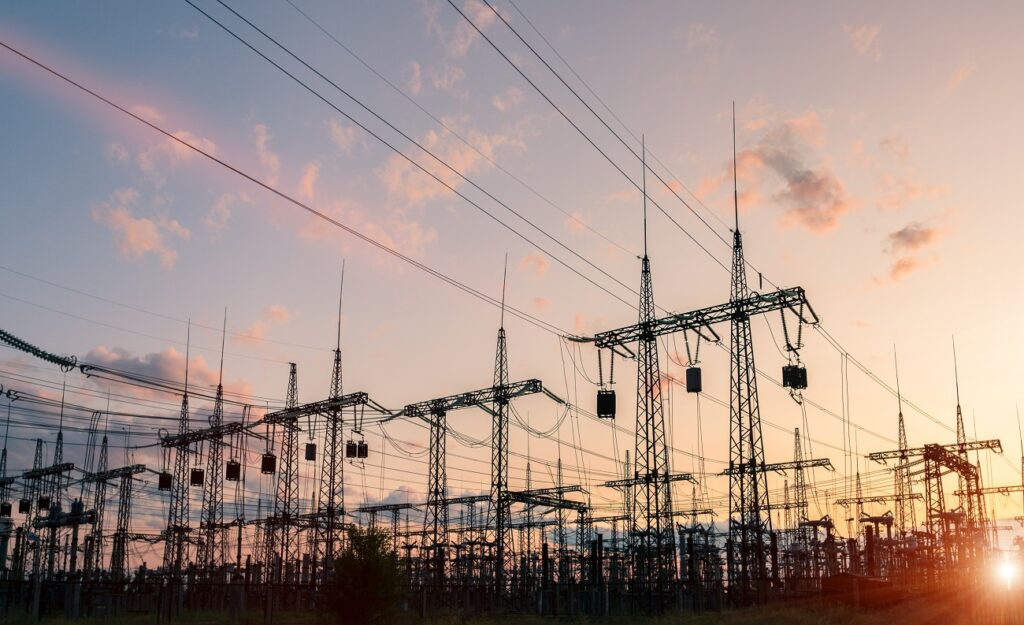The Netherlands – The government has allocated 416 million euros towards the use of batteries in major solar projects. In an effort to cut expenses, grid operator TenneT has also suggested modifying the shipping rates for batteries.
The Dutch power grid can now use batteries more easily, and it is anticipated that many more batteries can be deployed.
Batteries at solar parks on land and on roofs can guarantee that electricity produced responsibly is used more effectively. When solar energy production exceeds consumption, electricity is temporarily stored and provided to the power system during periods when the sun is not shining at all. Thus, there is a reduction in the need for gas and coal-fired power plants during those (evening) hours.
Climate package
The cabinet requested the research organization CE Delft look into the necessity and usefulness of battery subsidies. Batteries are the cheapest and most practical solution, according to the research organization, to further reduce CO2 emissions in 2030, especially during periods when there is a shortage of renewable energy available on the grid. The cabinet had previously set aside the 416.6 million euros as part of the climate package this spring. With the aid of this subsidy, it is anticipated that 160 to 330 megawatts (MW) of battery power can be constructed. This results in a 0.08 to 0.17 megaton annual reduction in CO2.
Lower transport rates
Additionally, TenneT has suggested a new contract structure with less transport costs for batteries and other flexible capacity. The reduction may reach 65%. This makes connecting batteries to the Dutch electrical system simpler. Battery operators who employ this type of contract are required to assist the grid operator in reducing grid congestion upon request. By charging or supplying less at periods when a lot of electricity is being carried, for instance.
In the spring of 2024, a new rate is anticipated to be ready for use. TenneT-commissioned research indicates that the implementation of a new tariff may result in the addition of 2 to 5 GW of new battery capacity by 2030.




